Understanding the VIX: Wall Street’s Fear Gauge and What It Means for You
08-08-2024
August 8, 2024
When market turbulence hits, one term that often makes headlines is the VIX, also known as Wall Street’s “fear gauge.” But what exactly is the VIX, and why is it so important for investors to keep an eye on it, especially during times of financial uncertainty? Let’s break it down in simple terms.
What Is the VIX?
The VIX, or CBOE Volatility Index, is a real-time index that measures the market’s expectations for volatility over the next 30 days. It’s calculated based on the prices of options on the S&P 500, which is a broad index of the 500 largest publicly traded companies in the U.S.
Think of the VIX as a thermometer for market anxiety. When the VIX is low, it suggests that investors are calm and expect the market to remain stable. Conversely, when the VIX is high, it indicates that investors are worried about potential market turmoil and are bracing for bigger price swings.
Why the VIX Is in the Spotlight Right Now?
As of August 2024, the VIX has surged to levels not seen since the early days of the COVID-19 pandemic in March 2020. A significant factor behind this spike in volatility is the Bank of Japan’s unexpected interest rate hike and market crash , rising global tensions, worsening unemployment, Warren Buffets significant reduction in Apple and Bank of America shares, recession fears, and concerns over the Federal Reserve’s delayed response to U.S. interest rates. This has all created a perfect storm.
On Monday, August 5th, the VIX briefly shot up to over 65, a massive increase from its usual levels in the low 20s. This surge signals that investors are scrambling for protection against potential losses, driving up the prices of options that safeguard against downturns.
What Does This Mean for Investors?
While a rising VIX often accompanies deep market sell-offs, it can also serve as a contrarian indicator. Some experts believe that when the VIX reaches extreme levels, it might actually signal that the worst of the market downturn is over. This is because such high levels of fear are often followed by a rebound as the market stabilizes.
For instance, some market strategists argue that the current spike in the VIX could present a buying opportunity. As fear peaks and the VIX starts to decline, it might indicate that stocks are undervalued and could be poised for recovery.
However, it’s crucial to approach this with caution. The VIX’s high levels reflect genuine concerns about the economy, including the risk of a recession and uncertainty around central bank policies. Investors should be mindful that while the VIX can indicate potential market bottoms, it’s not a foolproof signal, and further volatility could be on the horizon.
Why the VIX Matters?
Understanding the VIX is essential because it provides insight into market sentiment. It’s a tool that helps investors gauge how much risk the market is pricing in over the next month.
In today’s volatile environment, being aware of the VIX can help you navigate the market’s ups and downs.
As always, it’s important to consider your risk tolerance and long-term financial goals when making investment decisions. The VIX is just one piece of the puzzle, but it’s a critical one, especially in times like these when market sentiment is on a rollercoaster ride.
